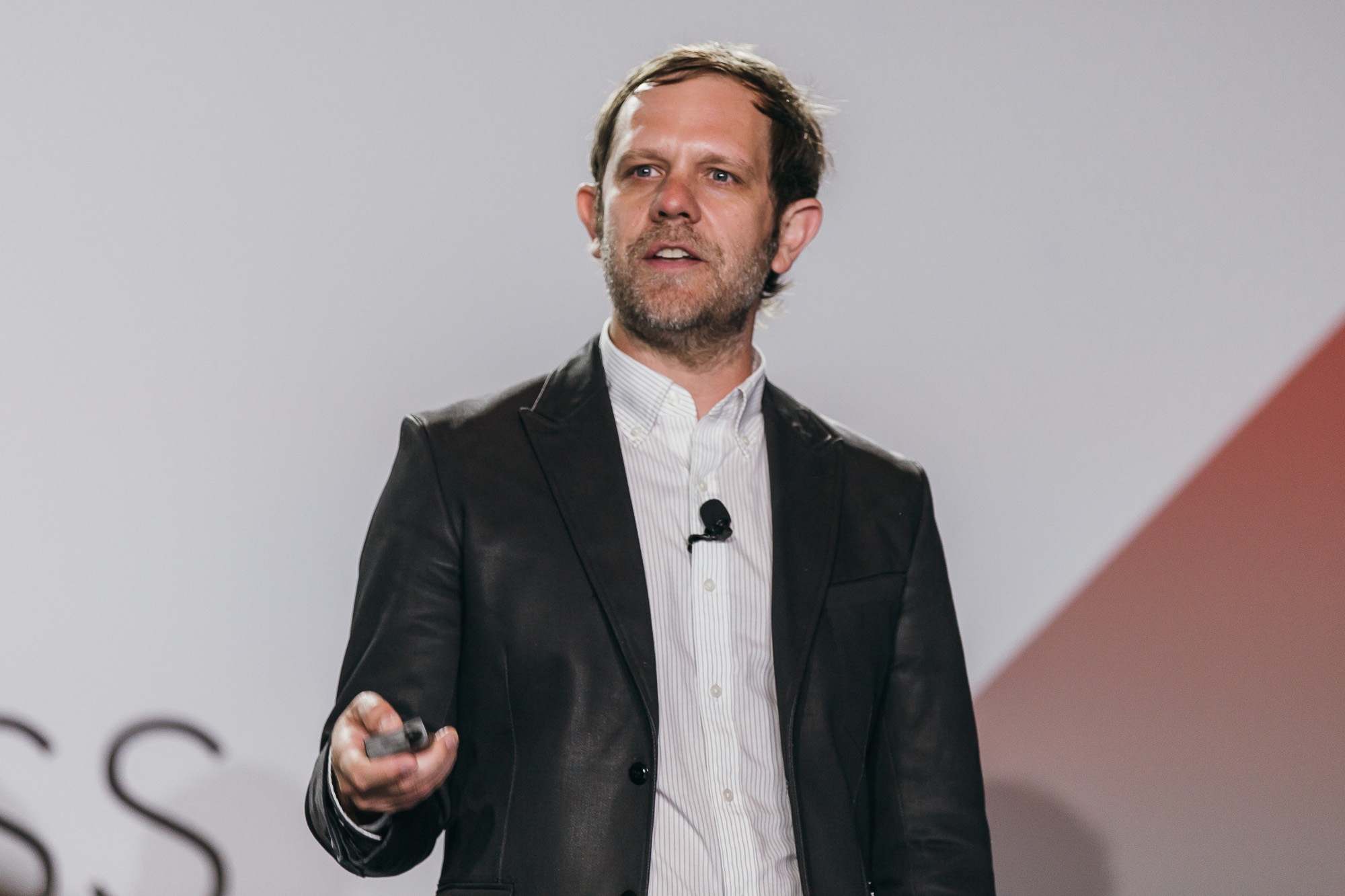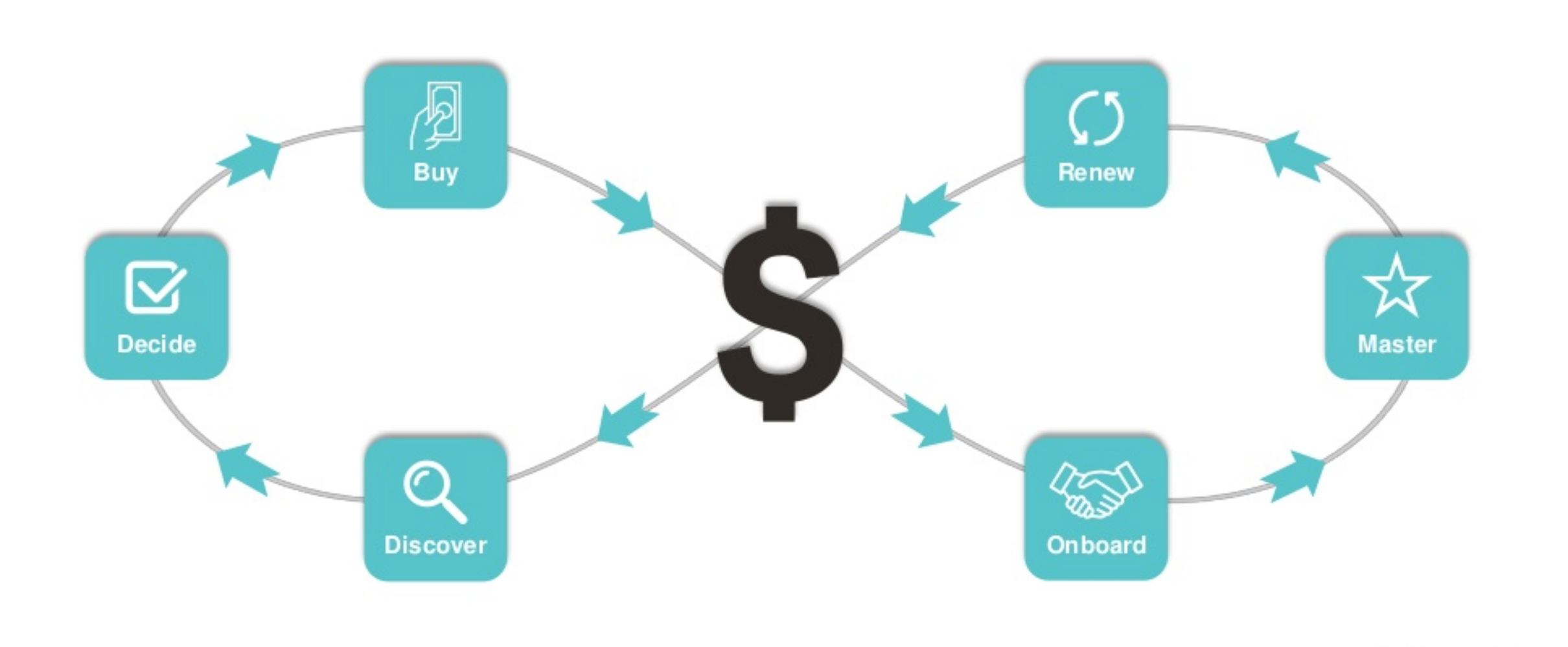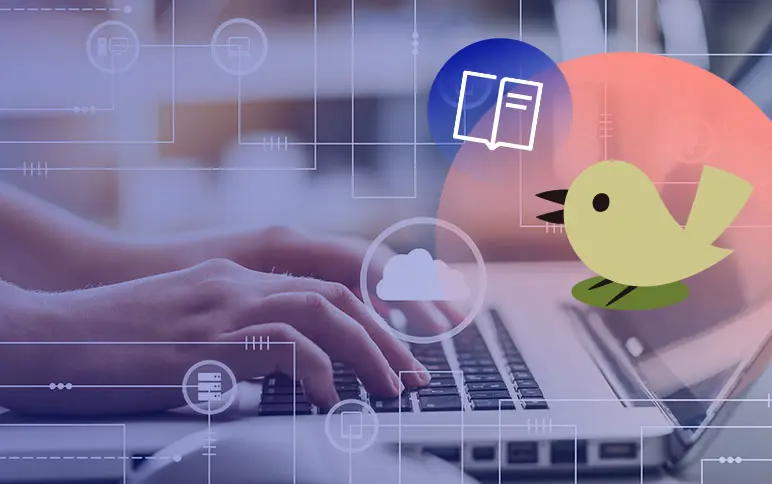The customer journey infinite loop: A content marketing framework
Read about the customer journey infinite loop framework replacing the customer funnel explained by Autodesk's Director of Content Marketing and Social Media.

If you’ve been a content marketer for a while, you are intimately familiar with the concept of the customer funnel.
Dusty DiMercurio, Autodesk’s Director of Content Marketing and Social Media, urges fellow marketers to forget about all that.
In fact, during his talk at ThinkContent New York 2018, he proudly declared that killing the funnel at his organization is what’s helped the content program to grow and flourish.

“The funnel is not a sales marketing strategy – it’s to fill the oil in your car. At Autodesk, we killed the funnel because it kept everyone too focused on the transaction. There’s an opportunity for us to rethink the way we frame interactions with our customers. How we can think about what our customers’ needs are along the myriad of touch points and use that for a framework for what kind of content we should be creating?” he explained.
So Autodesk, the software company known for its ambitious content marketing strategies, officially traded in the funnel for an infinite customer journey loop.
“When we create customers, that’s just the first piece of it. The hardest part is actually keeping those customers, and making sure they realize the value of their investment with us,” he said.
Here, a closer look at DiMercurio’s infinite loop content marketing framework, which has become so effective at Autodesk that it’s even being picked up by sales and support teams.
Content across the Customer Journey Loop
Discover: attracting prospects
At this first stage (which you may know as “top-of-funnel”), it’s all about attracting people who may not know who you are, or even the challenges they are facing in their business or industry, said DiMercurio. The content at this stage highlights challenges and business risks, and offers advice and guidance. This content can also present what your company is doing to drive the industry forward and support clients.
Decide: guiding research
The decision phase is all about helping people research your products, said DiMercurio. It’s your typical product marketing, solutions, benefits, and value propositions that articulate the business impact your solutions can have. Case studies that back up these claims also fall into this stage. Here, you must consider the whole committee of people you have to convince to purchase, from procurement to IT and everything in between. Your content should be aimed at getting those stakeholders on board.
Buy: assisting purchase
Autodesk offers complex solutions and massive software packages, so this phase helps people figure out the right mix for their needs. DiMercurio said the content should answer the question: “What are some additional services that might help them get more value from their investment?” The content should also prepare customers for the onboarding stage.
Onboard: aiding deployment
“Once the transaction happens, that’s where the real relationship starts,” said DiMercurio. Especially since Autodesk shifted to a subscription model, “no longer are we selling one big package and hoping they come back in three years. They can vote with their wallet every month,” he said. Here’s where your content can assist customers with implementing and getting started with your product.
Master: maximize value
One of the best ways to help your existing customers realize the value they can get from your solutions is to repurpose some of the content you already created. “Marketers tend to love to create new, but so much can be done in recycling,” DiMercurio said. For example, case studies that you do in the Decide stage can be expanded into solutions workflows to help illustrate how companies use your products. “Study your most successful customers and make that information available to prospects and other customers,” said DiMercurio.
Renew: ensure retention
Regular check-ins with your tried-and-true customers can remind them that you care about their needs. For example, maybe there are features of the product suite that they own that they are not maximizing. “A huge part in our move to subscription and cloud is that we are able to uncover these insights,” DiMercurio said.
Becoming a Customer-focused Company through Content
To help unify your organization around a rallying cry of becoming a customer company, DiMercurio says these are the three different types of content you need to create:
Content that drives demand: for attracting and converting.
Success = creating customers
Content that supports success: for helping customers realize the value of your services.
Success = customer retention
Content that builds affinity: for personifying the brand and the vision of the company. This type is unique in that it is not local to any one stage of the customer journey loop.
Success = earning attention, which is a proxy for influence in your market


